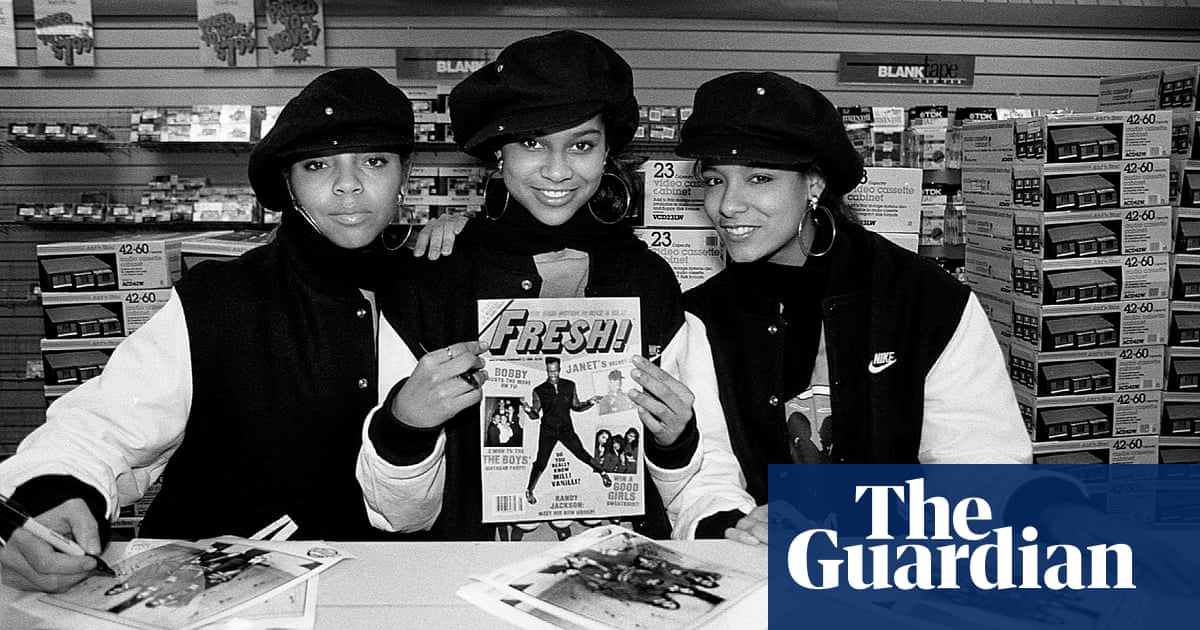A burst of vibrant colors fills the screen, showcasing four women moving in perfect synchronization. The energetic beats of drum machines blend with powerful vocals, as the women leap over each other’s heads. Stacy Francis reminisces about the music video for the song You (You’re the One for Me) by her group Ex Girlfriend, revealing that some of the stunts led to injuries, including a broken ankle. The innovative choreography and sound of the group set them apart in the new jill swing scene, a female counterpart to the popular new jack swing genre that emerged in the late 1980s and early 90s.
Featuring iconic artists like En Vogue, SWV, Pebbles, and Karyn White, new jill swing combined hip-hop, pop, and R&B influences to create a distinctive sound that would influence the R&B genre for years to come. However, many women in the industry faced challenges and exploitation despite their contributions. The compilation curated by Bob Stanley aims to shed light on the often overlooked female artists of the era.
The transition from traditional R&B to the fusion of hip-hop and pop was met with skepticism and resistance. Tara Kemp recalls the struggle to be recognized as a legitimate artist in a genre that was not fully embraced by mainstream audiences. The arrival of producer Teddy Riley marked a turning point, as he successfully blended hip-hop elements with traditional R&B, earning respect for the genre.
Teddy Riley’s impact on new jack swing is undeniable, as he spearheaded the success of groups like Guy and Blackstreet, as well as producing hits for artists like Bobby Brown. The genre’s fusion of different musical styles gave R&B a fresh perspective and attracted a diverse audience.
While male producers like Teddy Riley received recognition for their contributions to new jack swing, female artists often faced discrimination and marginalization in the industry. Bob Stanley’s compilation aims to highlight the pioneering work of women in the genre, who laid the foundation for future female R&B acts.
The era of new jack swing brought a wave of innovation and creativity, with mainstream artists and films embracing the genre’s unique sound and style. However, many women who were part of this movement faced challenges and exploitation in the industry.
Despite the obstacles they encountered, the women featured on the compilation take pride in their contributions to new jack swing. Their music continues to resonate with audiences, serving as a testament to their talent and resilience. The legacy of new jack swing lives on, inspiring future generations of artists to push boundaries and create groundbreaking music.
“New Jill Swing: 1988-94” is now available on Ace Records, celebrating the pioneering women of the new jack swing era.
